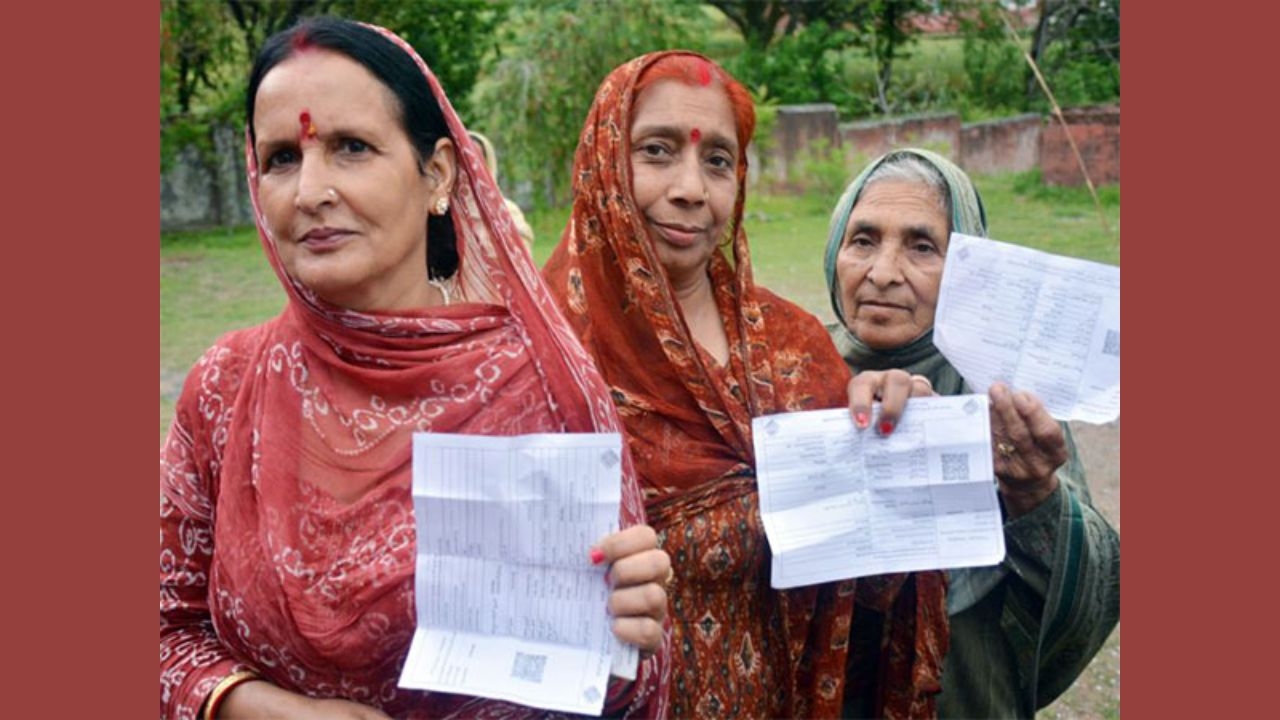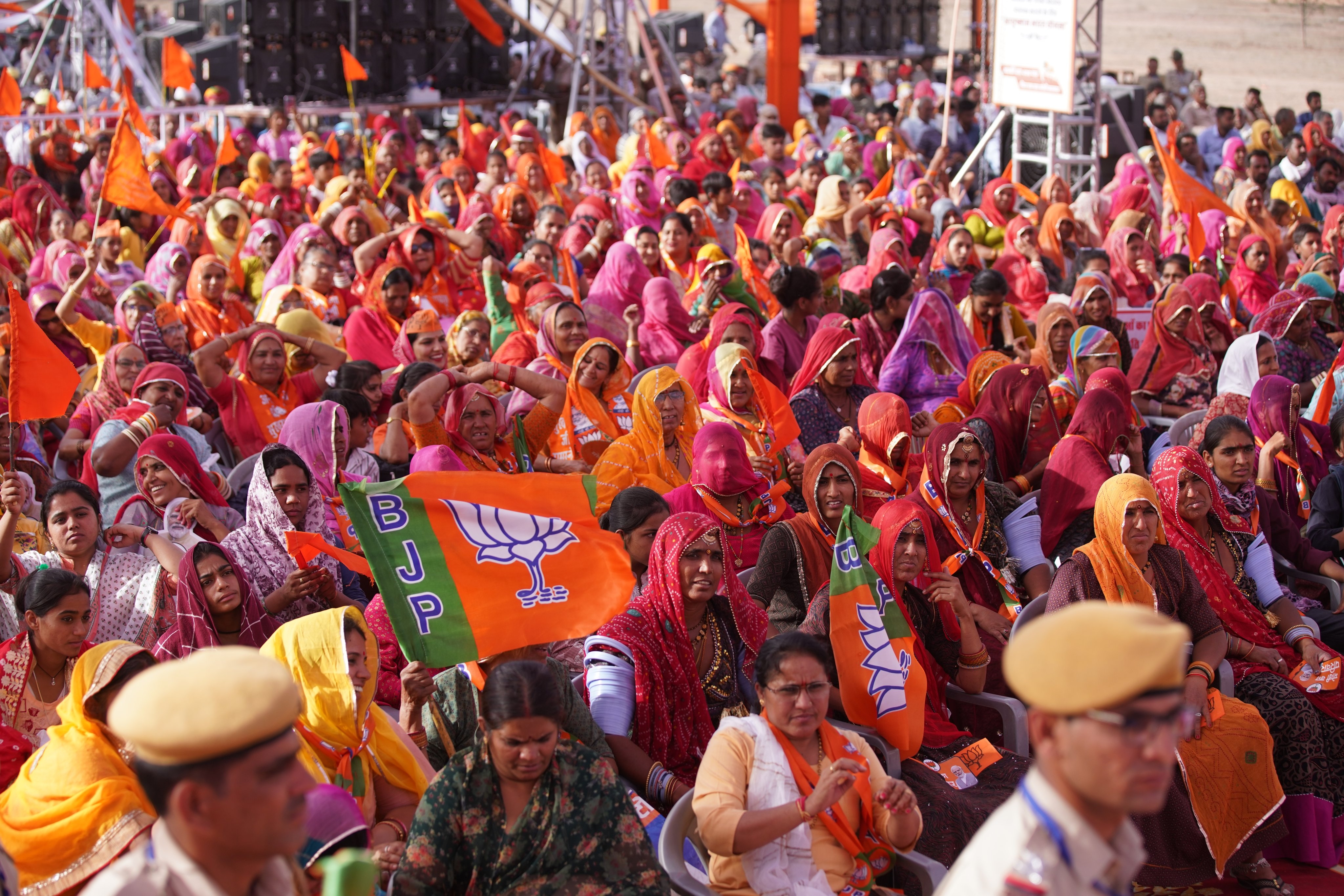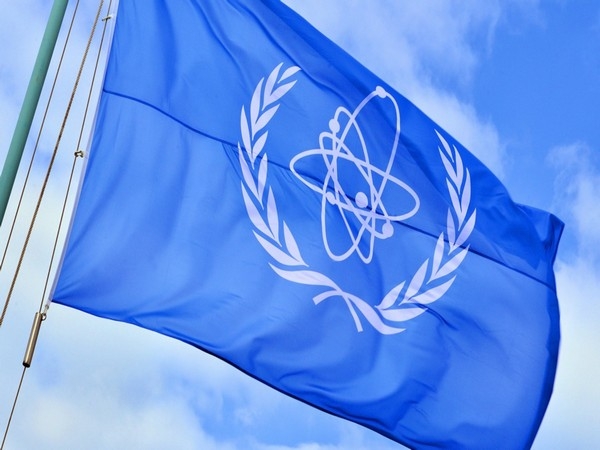People, not corporates, should control water, says 'waterman' Rajendra Singh

The flashpoint
- Section 144 was imposed in the Latur and Osmanabad districts of Maharashtra after riots broke out
- This is not an isolated incident - droughts and water scarcity have given rise to social unrest
The solution
- Ramon Magsaysay Award-winning water conservationist Rajendra Singh blames the govt\'s myopia for the situation
- He says the govt should hand control of water resources to the people, rather than corporates
More in the story
- Packaged water - is it really the solution to India\'s problems?
- The Rajasthan model that the rest of the country needs to follow
"Rahiman paani raakhiye,
Bin paani sab soon.
Paani gaye na ubere
Moti, manus, choon..."
(Rahim says keep water
As without water, there is nothing
Sans water pearl loses its luster,
Man its existence and lime its effervescence)
Nothing signifies the importance of water more than this couplet by the 16th-century poet Abdul Rahim Khan-i-Khana. It goes without saying that water is vital for the existence of mankind. But, water resources, in modern times, are constrained like never before.
Last month, Section 144 had to be imposed in Maharashtra's Latur and Osmanabad districts, to prevent riots arising out of acute water scarcity. Such situations are no longer unprecedented, as there are reports of social unrest over water shortage almost every summer. The prevailing drought has only worsened the condition.
Also read - In numbers: as water becomes scarce, so will water-related jobs
The usage of water varies in rural and urban areas. But, the lack of clean drinking water remains a fundamental problem. The commercialisation of water resources has only deepened the crisis, with companies selling packaged water reaping rich profits, irrespective of the woes of the common people.
What has led to such a grave situation? How is the country dealing with water shortage? Are there any alternative solutions?
Recently, Section 144 had to be imposed in Latur and Osmanabad after riots over water scarcityCatch discussed these questions with Ramon Magsaysay Award-winning water conservationist Rajendra Singh, famously known as the 'Waterman of India'. Excerpts:
We have seen how the water crisis led to tensions in Latur and Osmanabad districts of Maharashtra. Are we heading towards the era of water wars?
The ground circumstances in these districts are much worse than reported by the media. I have visited Latur three times recently. I was there when the riots broke out. It was indeed a war-like situation. The fault lies with the myopic approach of our leadership.
We have the army and para-military forces to deal with violence. However, the real cause of the unrest remains unaddressed. We have no vision to solve the real problem.
There is an urgent need to formulate long-term policies for the conservation of ground water, as well as surface water. Our existence depends on these two kinds of water resources, but there are no permanent measures for their preservation.
We need to focus not only on storage, but also conservation of water resources, keeping in mind five years of contingency.
The water shortage is not restricted to Maharashtra alone. The arid regions of Karnataka, Telangana and Bundelkhand are also facing a similar crisis. Our political system is showing short-sightedness in dealing with the problem.
Apart from government apathy, what are the other reasons for this crisis?
Successive governments have aggravated the crisis through privatisation and commercialisation of water resources. All the governments are running on the contractual system. Our political masters are dreaming of meeting the demands of a natural requirement like water through artificial solutions. In reality, the contractual system is only worried about profits.
Companies involved in water trade are earning the highest net profit in the country's business sector. But the common man is thirsty, the land is thirsty. The government has made the water flow in the opposite direction.
Rajendra Singh, who hails from Rajasthan, is a Ramon Magsaysay Award-winning water conservationistTraders and contractors are getting the most fundamental necessity of life before anybody else. Corporates like Coca-Cola are given the licence to exploit water resources without any hassle, while farmers are denied permission to dig wells or tube wells.
Both rural and urban areas are facing clean drinking water shortage. Ground and surface water reservoirs are either depleted or polluted. Why?
Most big cities like Delhi, Mumbai, Jaipur and Lucknow are supplied water from resources situated 100-150 kilometres away. This is not a practical solution. You are discriminating against the rural population by diverting their surface water to the cities.
This strategy has an adverse impact on the water table in rural areas, as the villagers have no other means to meet their water requirements. The urban population is getting water on subsidy. There are schemes like 20,000 litres of free water in cities, while the people in villages are bereft of their share of water.
"Everybody can't afford bottled water. One can't expect 60% of India's population to survive on it"
The whole system differentiates between the powerful and the deprived segments. Poor people living in slums are surviving on tanker supplies. They pay Rs 1,000-2,000 for each tanker. The government policy is centred around the urban middle-class population. This is forcing villagers to migrate and putting the burden on the urban infrastructure.
What is the real solution to this problem?
The solution does not lie in imposing Section 144. The government should have banned sugarcane farming in Latur and Osmanabad and focussed on crops that require less water. The focus should have been on the preservation of surface water.
Is there any self-sustaining model of water management?
One such model has been implemented in Rajasthan. The conservation of water is not the sole responsibility of the government; society also needs to take the initiative. Water conservation efforts were started in some regions in the 1980s. The land turned fertile in these areas, as the water was allowed to seep in. These regions had a successful wheat crop despite the deficient monsoon this year.
The real solution lies in decentralised and community-based water preservation.
The right to use water should lie with the common people and not industrialists. We will have to raise awareness regarding water conservation among the masses, and give them their due rights. We have transformed as many as 1,200 villages in Rajasthan through such efforts.
How do you see the future if the current policies are not corrected?
We might face circumstances as we see in Central Asia and some African countries. The real crisis will be knocking at our doors sooner, than expected because of our large population and massive inequality. We could see clashes among the rich and poor, villages and cities, literate and illiterate as well as among different states.
The government seems to be focusing on packaged water. What is your view?
This is not at all an alternative. Not everybody can afford bottled water. One cannot expect 60% of the country's population to survive on it. The way our government is encouraging corporates in this sector is another issue. It is not aimed at solving the problem, but ignoring it.
Water is the most fundamental right of every citizen. The right to life and the right to food is directly related to this right. All these rights are meaningless if there is no water.
Translated by Deepak Sharma
More in Catch - Doomsday in 10 years: India may run out of water by 2025
Water supply once a month: lessons to be learnt from Latur
India's water bank is bankrupt. Govt makes a good move to save it
First published: 3 April 2016, 7:51 IST

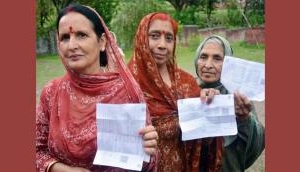
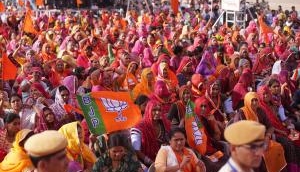


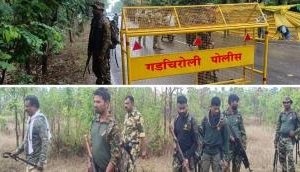
![BJP's Kapil Mishra recreates Shankar Mahadevan’s ‘Breathless’ song to highlight Delhi pollution [WATCH] BJP's Kapil Mishra recreates Shankar Mahadevan’s ‘Breathless’ song to highlight Delhi pollution [WATCH]](http://images.catchnews.com/upload/2022/11/03/kapil-mishra_240884_300x172.png)

![Anupam Kher shares pictures of his toned body on 67th birthday [MUST SEE] Anupam Kher shares pictures of his toned body on 67th birthday [MUST SEE]](http://images.catchnews.com/upload/2022/03/07/Anupam_kher_231145_300x172.jpg)



